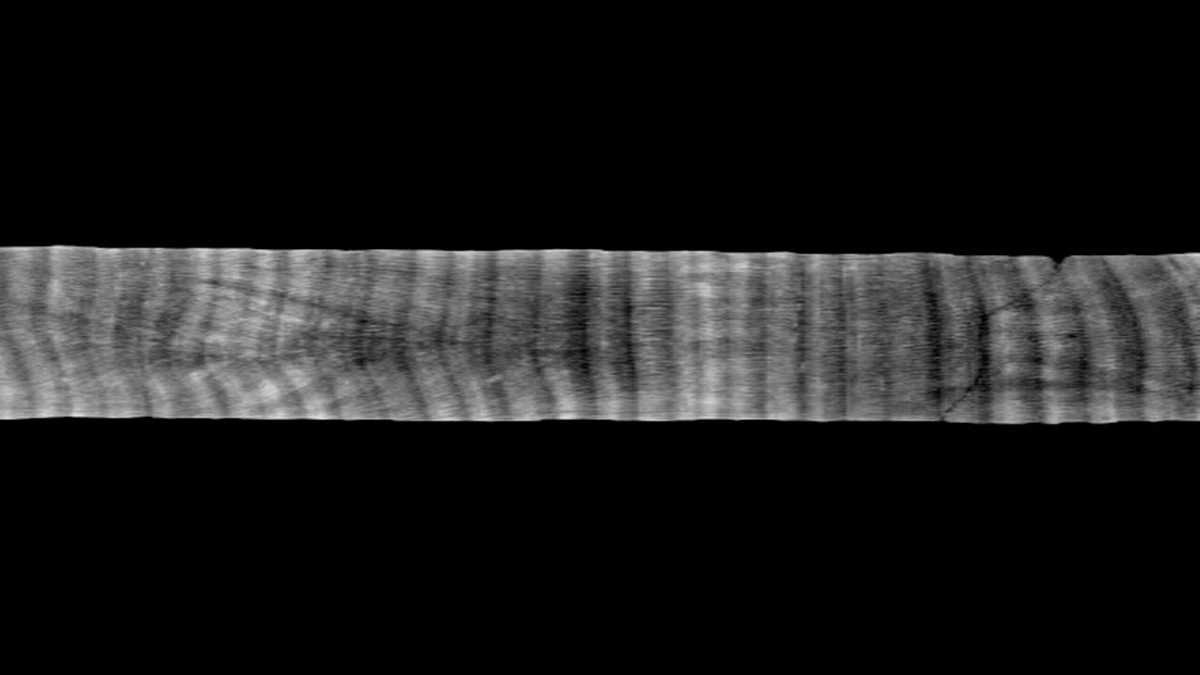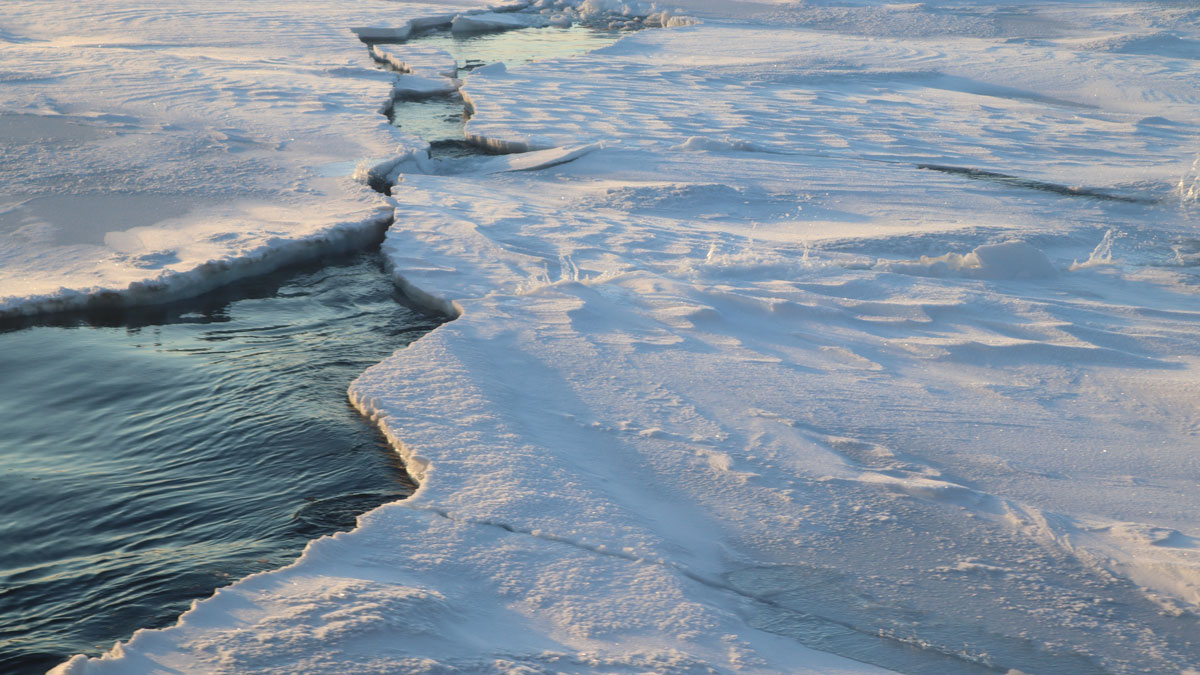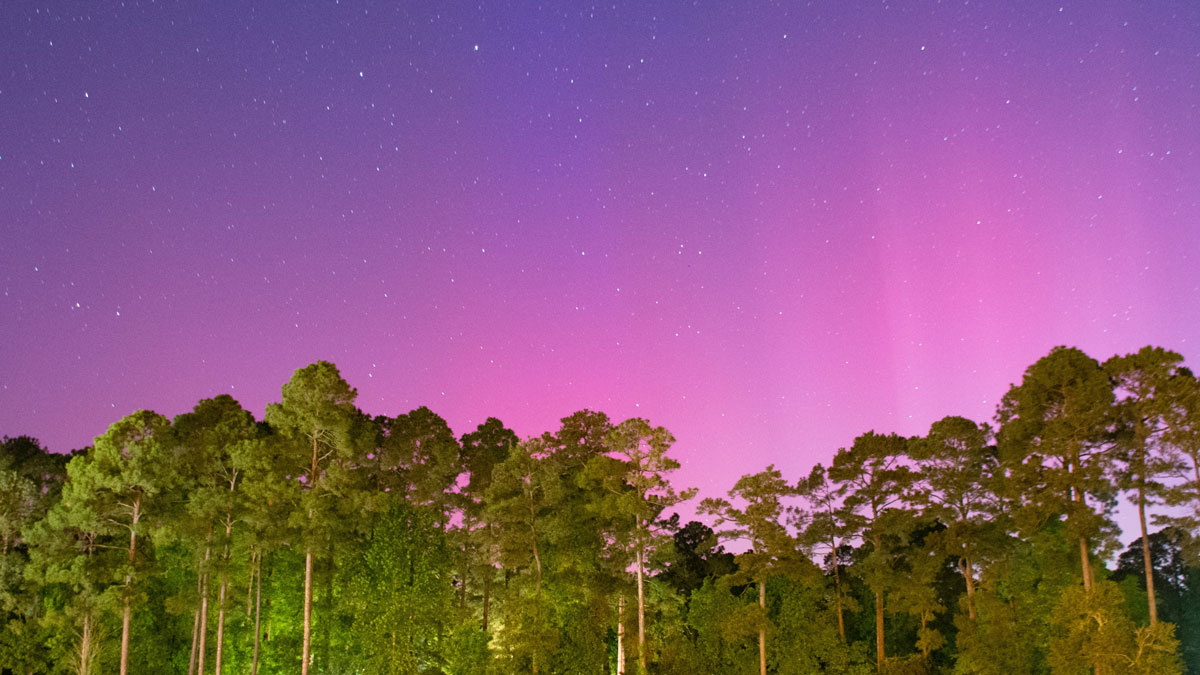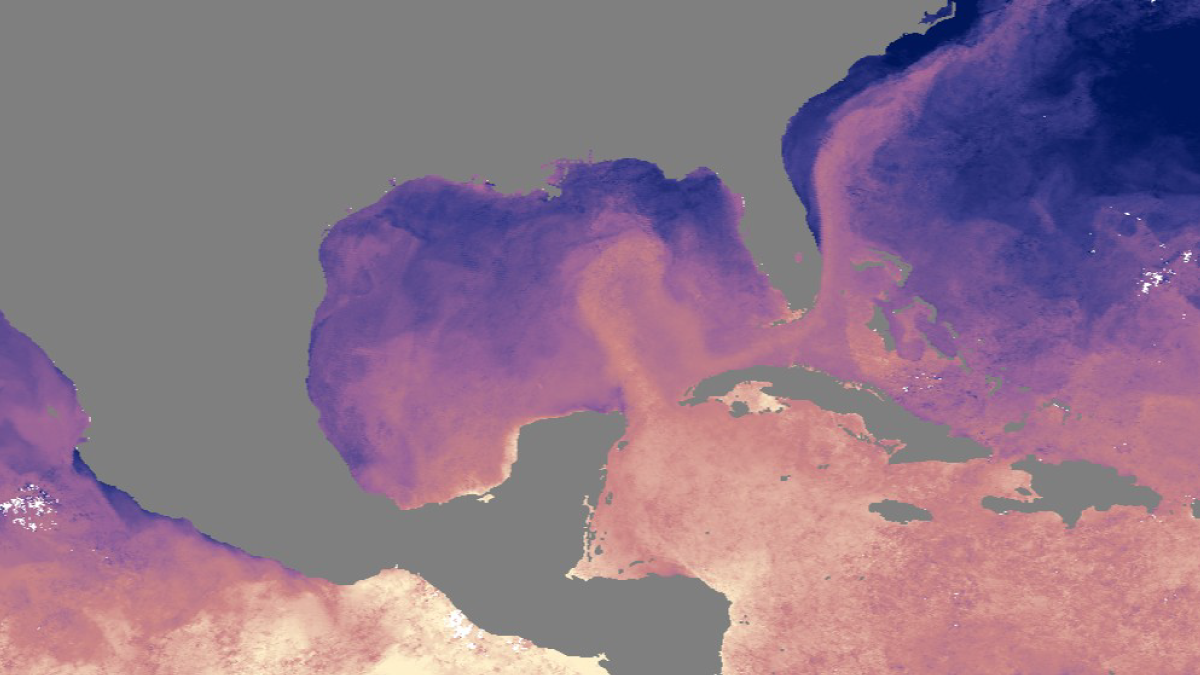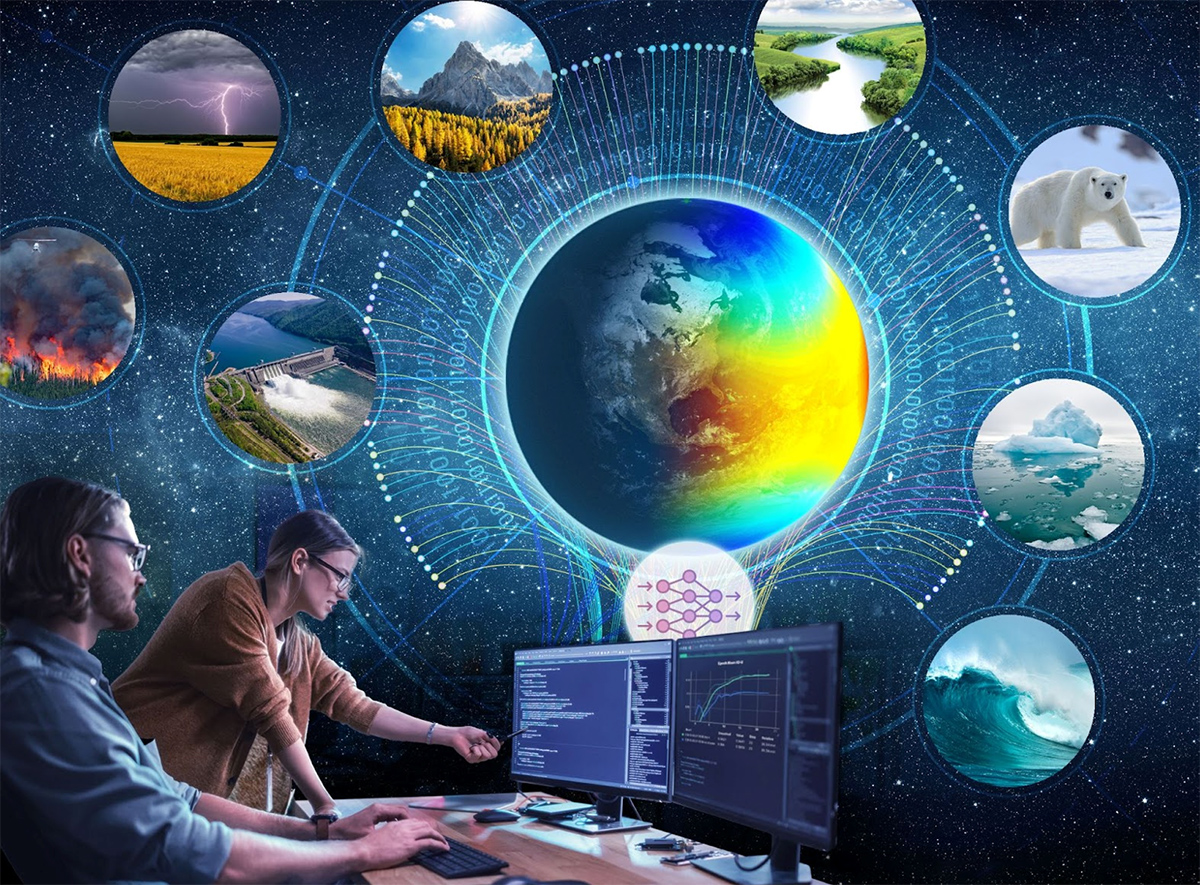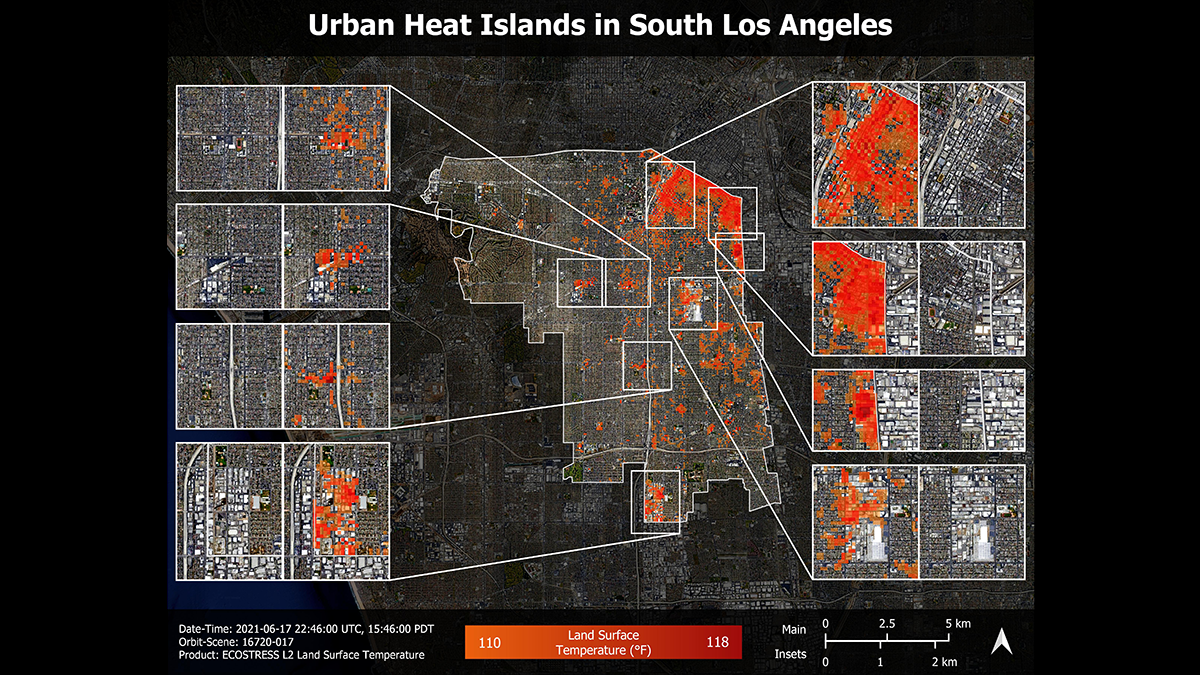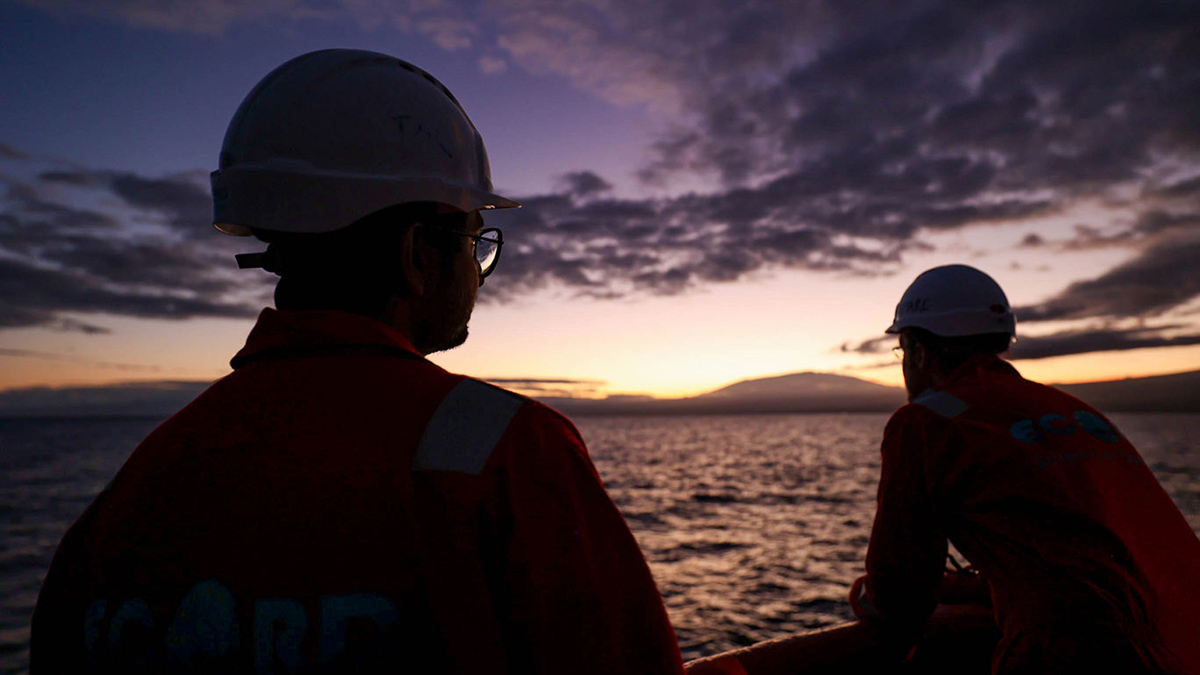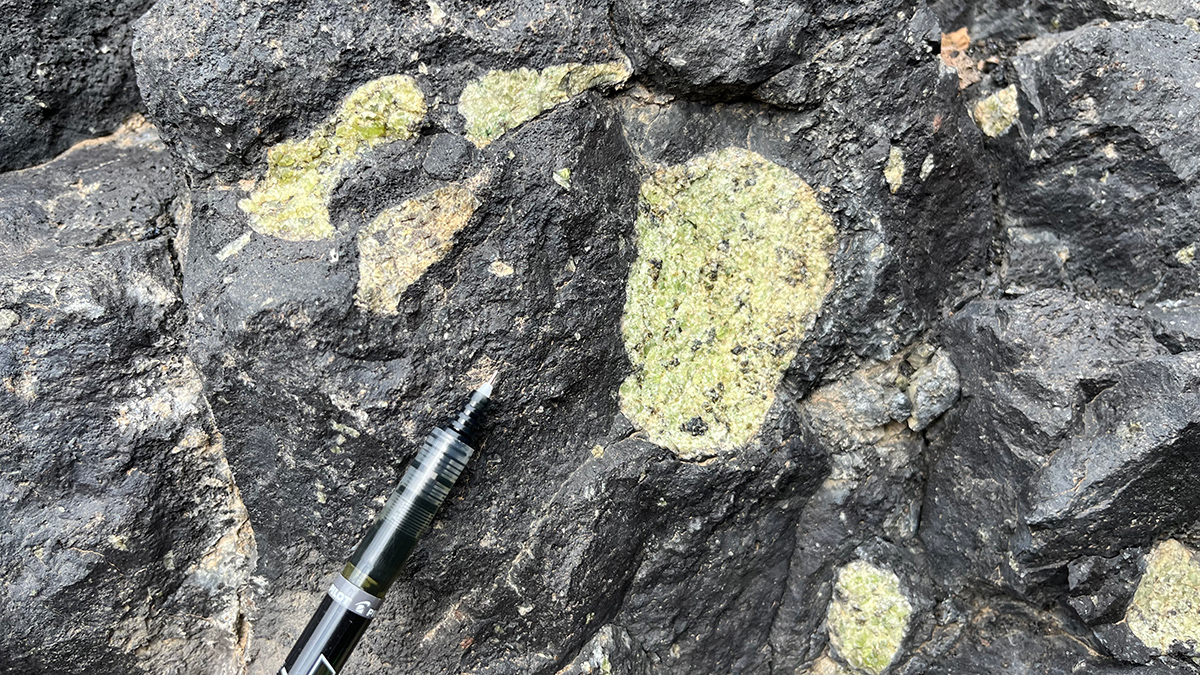CoralCT archiva datos originales y procesados de núcleos de corales y arrecifes, preservando información valiosa sobre cómo los corales responden a cambios medioambientales.
Science Updates
Finding Consensus on Arctic Ocean Climate History
Understanding the effects of a “blue” Arctic Ocean on future climate requires a coordinated effort to study Earth’s past warm periods using a variety of classical and cutting-edge methods.
A Coral Core Archive Designed for Transparency and Accessibility
CoralCT archives raw and processed data from coral and reef core samples, preserving valuable insights into how corals respond to environmental changes.
Two Neutron-Monitoring Networks Are Better Than One
Hydrologists, atmospheric scientists, and space scientists are teaming up to keep a closer eye on soil moisture, hazardous space weather, and more.
Ocean Current Affairs in the Gulf of Mexico
Multinational and multidisciplinary studies of the past and present of the Gulf’s Loop Current are helping to reveal what might be in store for coastal communities.
A Two-Step Approach to Training Earth Scientists in AI
Researchers learned machine learning methods during a boot camp, then applied their new knowledge to real-world research problems during a hackathon.
A New View of Gamma Rays from Thunderclouds
Observations from high-flying aircraft revealed that thunderclouds act as natural particle accelerators, emitting energetic electromagnetic radiation more often than scientists expected.
A Diverse New Generation of Scientists Observes Earth from Above
Project-based learning and a modular class design help students from various backgrounds and universities gain hands-on experience with environmental remote sensing.
Unlocking Climate Secrets of Hawai‘i’s Drowned Reefs
Researchers set sail to study sea levels, climate, ecosystem responses, and volcanic histories over the past 500,000 years, using an innovative seabed drill to sample fossilized reefs off Hawai‘i.
The Deep Frontier of Mantle Magma Supply
Compared with crustal magma systems, little is known about the deep sources of volcanic supply chains. Interdisciplinary efforts can help answer key questions about how magma migrates from the mantle.

